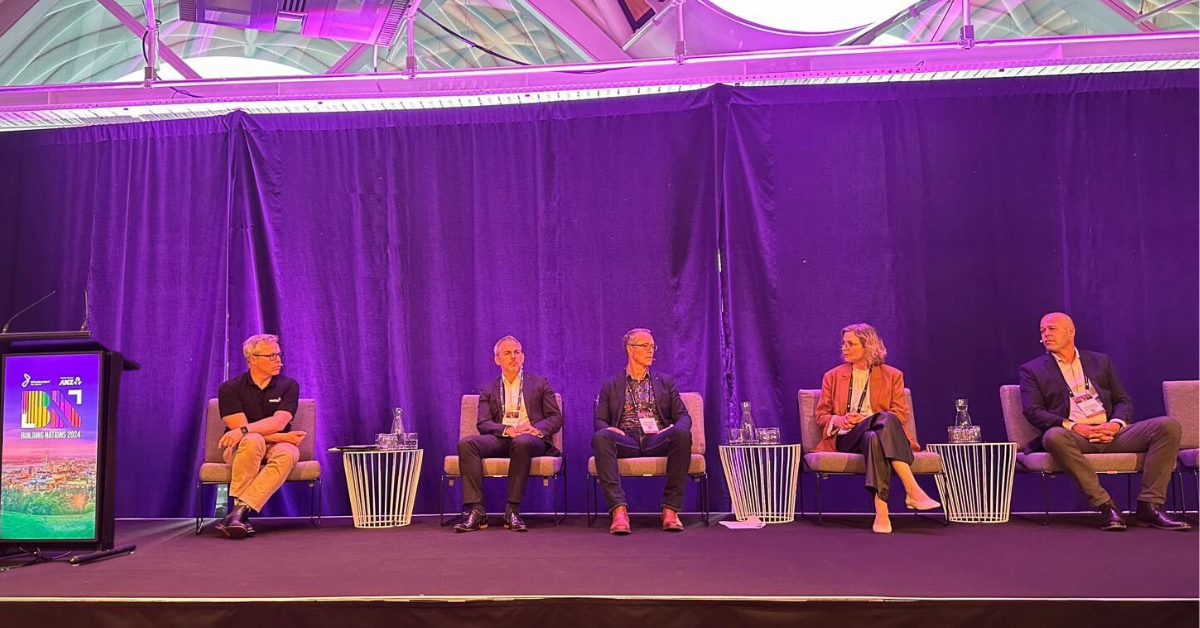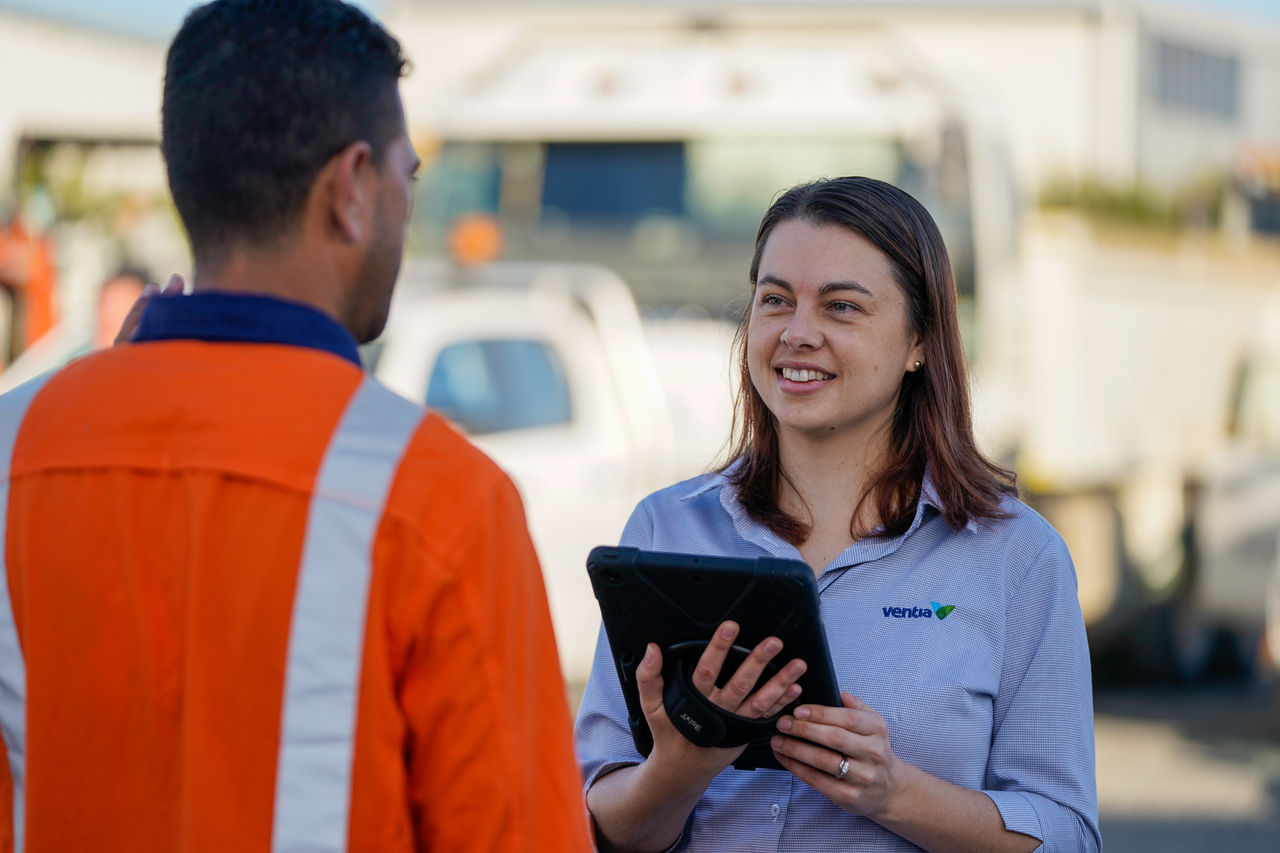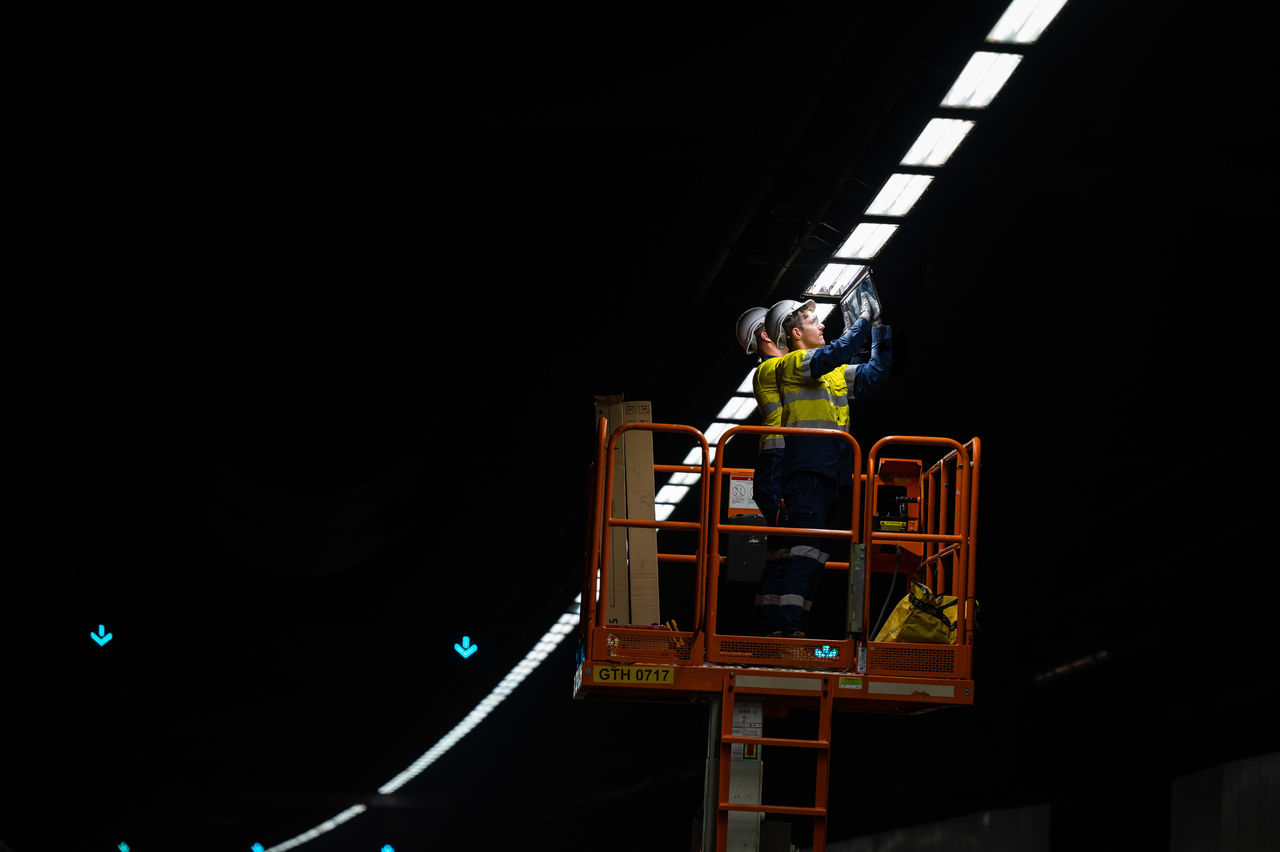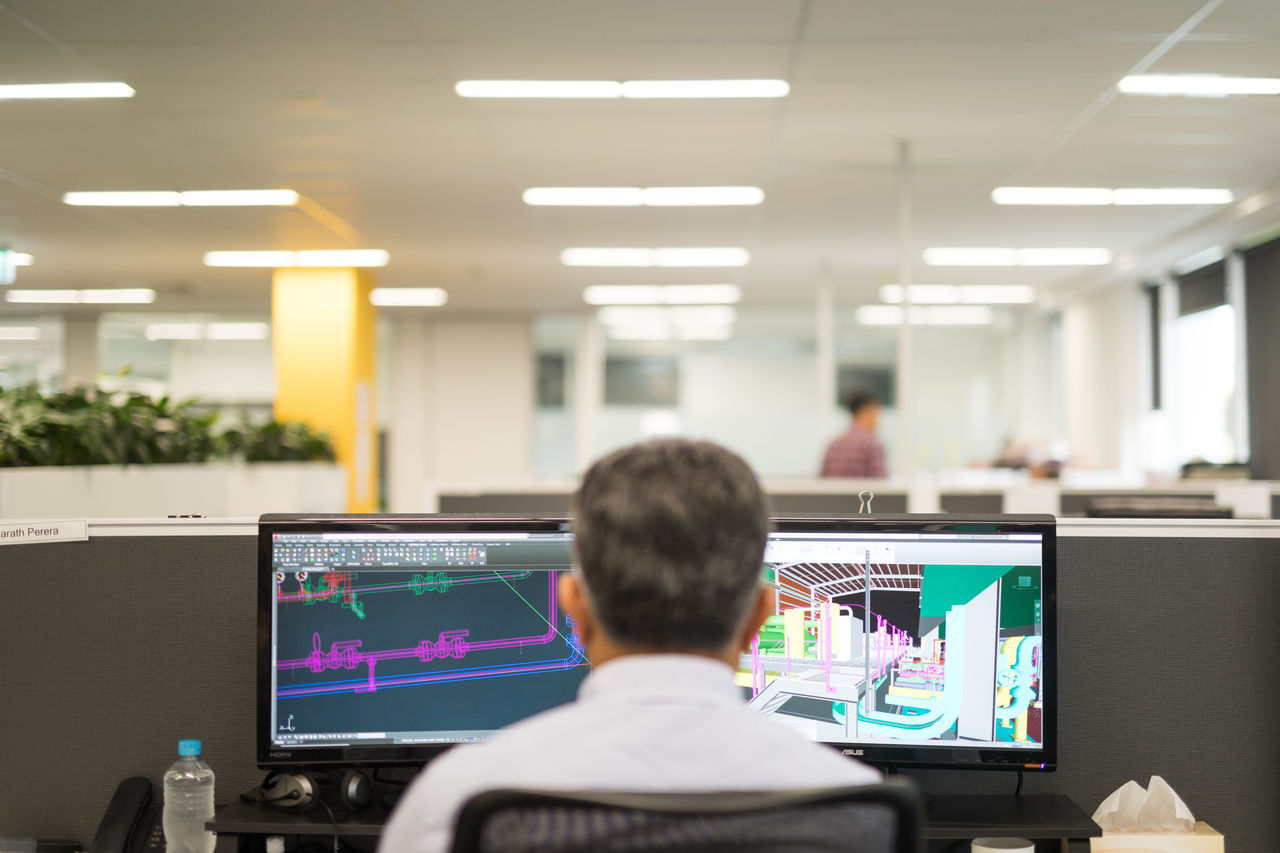Our Executive General Manager for New Zealand Damian Pedreschi took the stage at the Building Nations conference in Auckland to facilitate a panel discussion on how Aotearoa’s infrastructure can be built to serve communities better, for longer.
The panel, focusing on whole-of-life asset management, also included Institute of Public Works Engineering Australasia Chief Executive David Jenkins, NZTA Waka Kotahi National Manager - Programme & Standards Vanessa Brown, Fulton Hogan Chief Operating Officer Infrastructure Services Simon Dyne, and Transpower Executive General Grid Delivery Manager Mark Ryall.
Speaking at the conference, Damian said many of the infrastructure assets being built today were intended to last 100 years or more; “a timespan well beyond most people's capacity for contemplation, let alone the next news cycle, the next election cycle, even human lifecycle”.



